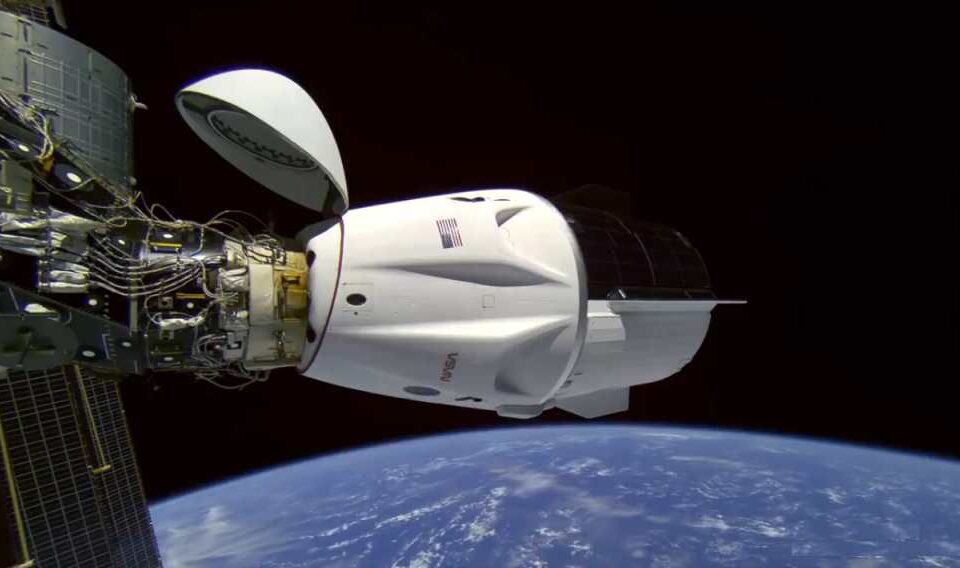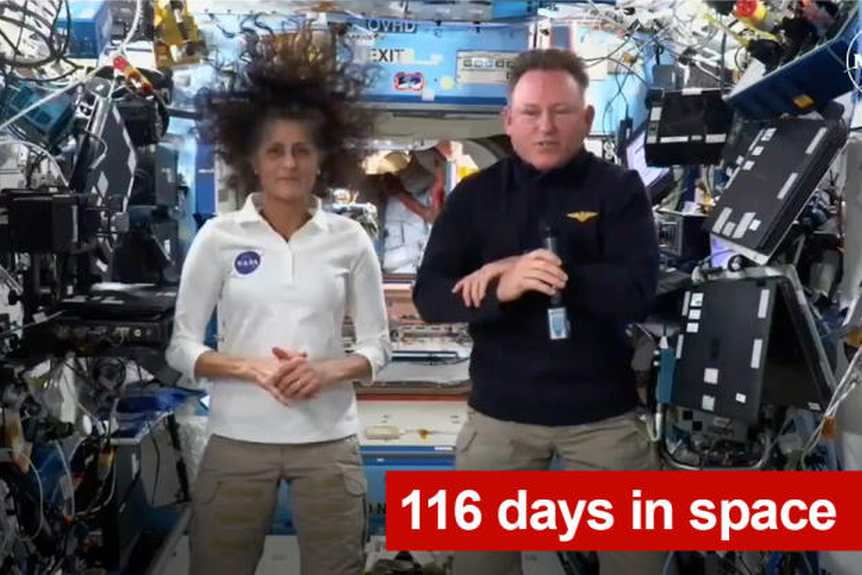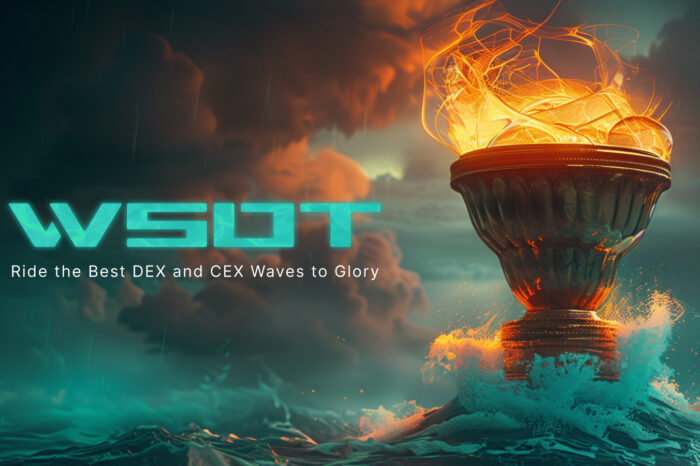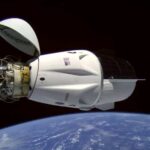SpaceX Dragon safely docks at Space Station to rescue stranded Boeing Astronauts after engine failure

After what was initially planned as a weeklong mission turned into months, two Boeing Starliner astronauts are now set to return home thanks to SpaceX.
Yesterday, SpaceX’s Crew Dragon safely arrived at the International Space Station (ISS) to eventually ferry NASA astronauts Suni Williams and Butch Wilmore, who have been stranded on the ISS for months due to issues with Boeing’s Starliner spacecraft.
The Crew Dragon, carrying NASA astronaut Nick Hague and Russian cosmonaut Aleksandr Gorbunov, docked at the ISS at 5:30 p.m. ET. This marks the beginning of their five-month mission, during which Williams and Wilmore will return to Earth in February after spending 116 days in space.
NASA opted for SpaceX’s Crew Dragon to bring the astronauts back after the Starliner was deemed too risky for crew transport. The Starliner’s maiden flight faced significant issues, including thruster failures and helium leaks, prompting NASA to return the spacecraft without its intended passengers.
Upon arriving at the ISS, Hague and Gorbunov joined Williams, Wilmore, and seven other crew members already stationed at the space lab. A welcome ceremony followed the docking at 7:04 p.m. ET.
In response to the video of the Dragon docking at the ISS shared on X, SpaceX founder Elon Musk remarked, “It’s real, but looks like CGI.”
It’s real, but looks like cgi
— Elon Musk (@elonmusk) September 30, 2024
The Starliner’s journey, which began with a June 5 launch, encountered numerous problems. After an initial attempt on June 1 was aborted, the spacecraft faced multiple helium leaks, thruster malfunctions, and docking delays. Despite these setbacks, Boeing expressed confidence in the Starliner’s safety. However, further testing confirmed the craft wasn’t fit to bring Williams and Wilmore home.
Starliner eventually returned to Earth without crew on September 7, and NASA rearranged SpaceX’s Crew-9 mission to accommodate the two astronauts. This resulted in the removal of two other astronauts from the original roster, extending Williams and Wilmore’s stay at the ISS. They will now complete the remaining duties of the Crew-9 mission before heading home in February 2025.

SpaceX has since indicated it will temporarily pause Falcon 9 launches while investigating an anomaly experienced during Crew Dragon’s flight but assured that operations would resume after further analysis.
Despite the extended stay, Williams and Wilmore have adjusted well, with Williams humorously referring to the ISS’s microgravity as her “happy place.” The next mission to the ISS, set for February, will involve a brand-new Dragon capsule for the Crew-10 team.
The two astronauts were originally scheduled to return to Earth on June 13th, following the Starliner’s first crewed flight from Florida’s Cape Canaveral Space Force Station on June 5th. However, the spacecraft encountered problems even before liftoff. An earlier launch attempt on June 1st was aborted due to a performance issue with a ground control computer.
During the 25-hour journey to the ISS, Starliner suffered multiple helium leaks and a malfunctioning thruster, delaying docking. Four out of the 28 thrusters failed upon arrival on June 6th, further complicating the mission. Boeing later announced that four of the five malfunctioning thrusters had returned to normal operation, leaving just one offline, which it claimed wouldn’t pose an issue for the return mission.
Despite Boeing’s confidence, NASA opted to send the spacecraft back without a crew. On August 2nd, Boeing posted an update expressing confidence in the Starliner’s safety. NASA continued to analyze data throughout August to ensure the spacecraft’s safe undocking and landing capabilities. Boeing’s Starliner eventually returned to Earth without crew on September 7th after unusual sounds were detected during testing.





